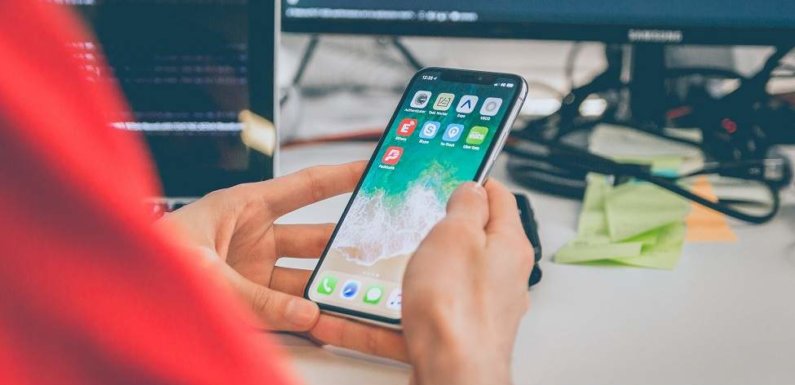
With an Android phone or tablet, there are several advantageous features that other electronic device manufacturers do not offer. One of the benefits of having an Android device is continually discovering new apps, and Android system updates often come with new and useful features.
For busy professionals, it is hard to find time to learn each and every feature and stay current with the latest Android software development trends. This list reveals some of the most useful and time-saving tricks to learn.
Cast the Android Screen to a Television
This is also called mirroring, and the trick should work with any Android device that runs on the 5.0 system. This works with a Google Chromecast dongle and a device with built-in support. It also works with Google Nest Hub. There are two options to set up screen casting.
The first option is to use the Google Home app. Follow these steps after opening the app:
- Select the appropriate Chromecast device.
- Tap the “cast my screen” button.
- Accept the reminder prompt about visibility.
- To end casting, tap the “stop mirroring” button.
Although some devices may show a second prompt about inadequate optimization, many users do not experience display issues.
Depending on the type of device, the second method may be easier. It involves a direct device setup. These are the steps:
- Swipe down to show the quick settings panel.
- Select the “screencast” option.
- Select the appropriate Chromecast device for the television.
The Android device should appear as an option after a few seconds. To end mirroring, select “disconnect.”
Enable One-Handed Mode
This is especially useful for Galaxy S8 owners. The Galaxy S8 has a unique screen size, and it can be difficult to access every part of it with one hand. One-handed mode provides an efficient solution to this problem. This is how to use it:
- Access the settings menu, and select “advanced features.”
- Find the one-handed mode option, and tap the button to turn it on.
- From there, it is also possible to set up easy access by tapping the home button a few times or by using a gesture.
Swap Into Priority Mode
Priority mode silences specific Android notifications and allows only those that are manually chosen to come through. This is useful for blocking out notifications from social apps or most contacts during a busy project, and it is useful for prioritizing calls or texts from colleagues, clients, or family.
This mode is available in most Android devices that run on 5.0. It is accessible through the volume buttons, and it can run for a specified time increment or indefinitely. There is also a DND feature, which blocks all interruptions for a set time. To access priority mode, follow these steps:
- Scroll to the bottom of the settings menu.
- Choose the days or times to activate the feature.
- Manually choose the apps to allow in priority mode by accessing them individually through the settings menu.
Apps and contacts that are prioritized can be changed again at any time.
Lock Specific Apps
This is a great feature that is accessible through a third-party app, which is free. It requires a password to access specified apps and is useful for people who share a phone or have sensitive information on apps that must be protected. First, search for “AppLock” in the app store. Download the app and open it.
The first step is creating a password for apps. This is similar to setting up a locking password for a screen. However, it will be connected to the chosen apps. To choose the apps to apply the password to, follow these directions:
- Look in the main lock tab on AppLock.
- Tap the lock icon next to the desired apps.
- Exit the app to test the lock.
There is also an option to specify relocking. For example, one user may want to have the apps lock each time they are closed, and another user may only want to have the apps locked after the screen is turned off. There are also minute-based intervals for locking.
Enable Smart Lock
This feature came with Android 5.0 Lollipop. It detects when users have their phones and locks when it detects their phones are away from them. For example, if someone has this feature enabled with the phone in her hand or pocket, the phone will stay unlocked. If the person sets the phone on a table, Smart Lock will detect that and lock it.
Depending on the device capabilities, the Smart Lock feature lets users unlock their Android devices with facial or voice recognition. Also, it allows users to set trusted places. It can detect those places and will remain unlocked in them.
Follow these directions to set up Smart Lock:
- Go to the settings menu.
- Select “lock screen and security” or “security and privacy.”
- Next, select “trust agents.”
- Turn on the Smart Lock feature.
If there are problems finding trusted agents using these instructions, using the magnifying glass to manually search is another option. It may not always be under the same menu on all devices. Under the security settings, look for the Smart Lock feature. There may be options to set trusted faces, voices, and places.
These features are excellent for added security at home, at work, or while traveling. For professionals who keep sensitive information stored in apps on their Android devices, extra security features are especially beneficial. Android software development has brought plenty of other useful apps and features that are great for busy professionals.

